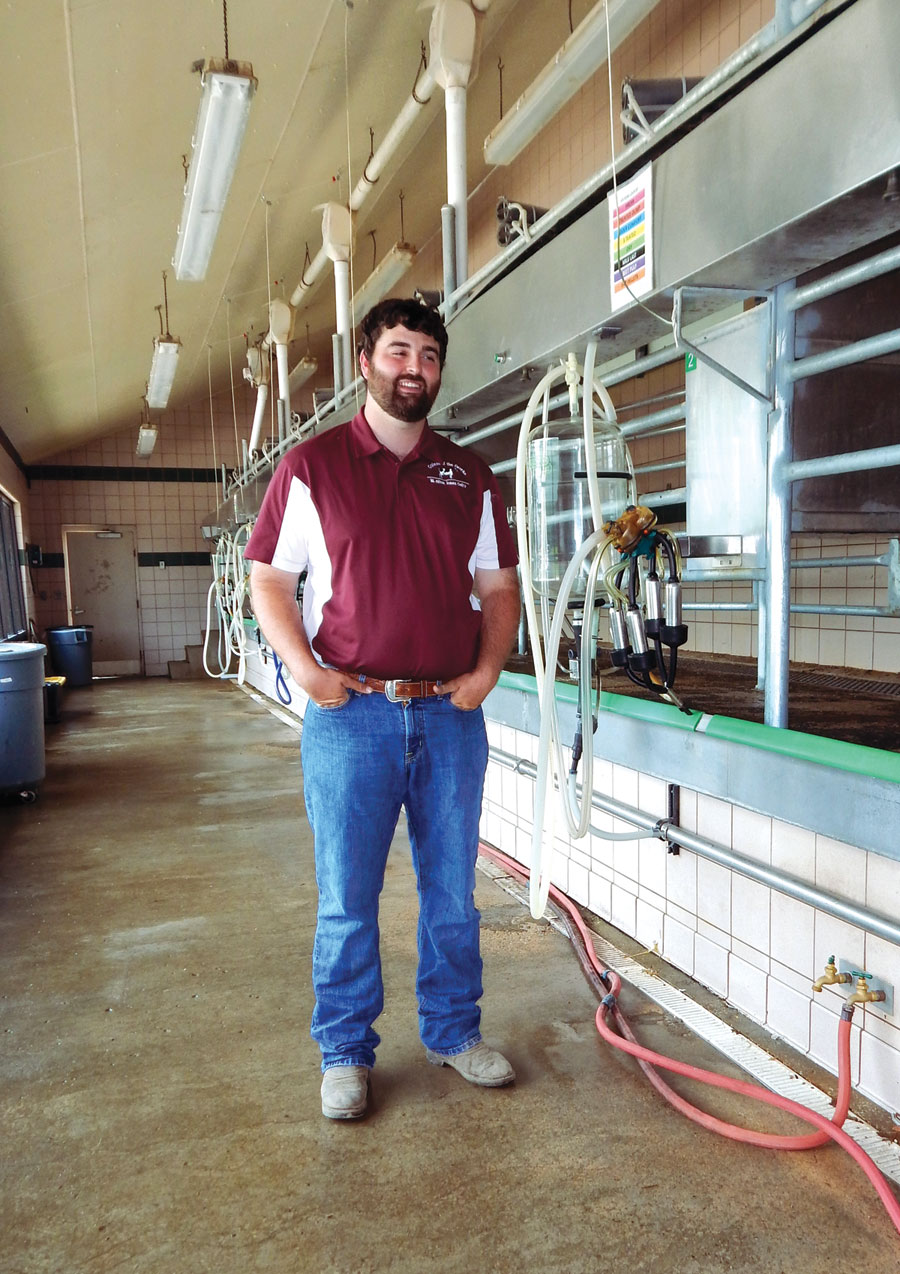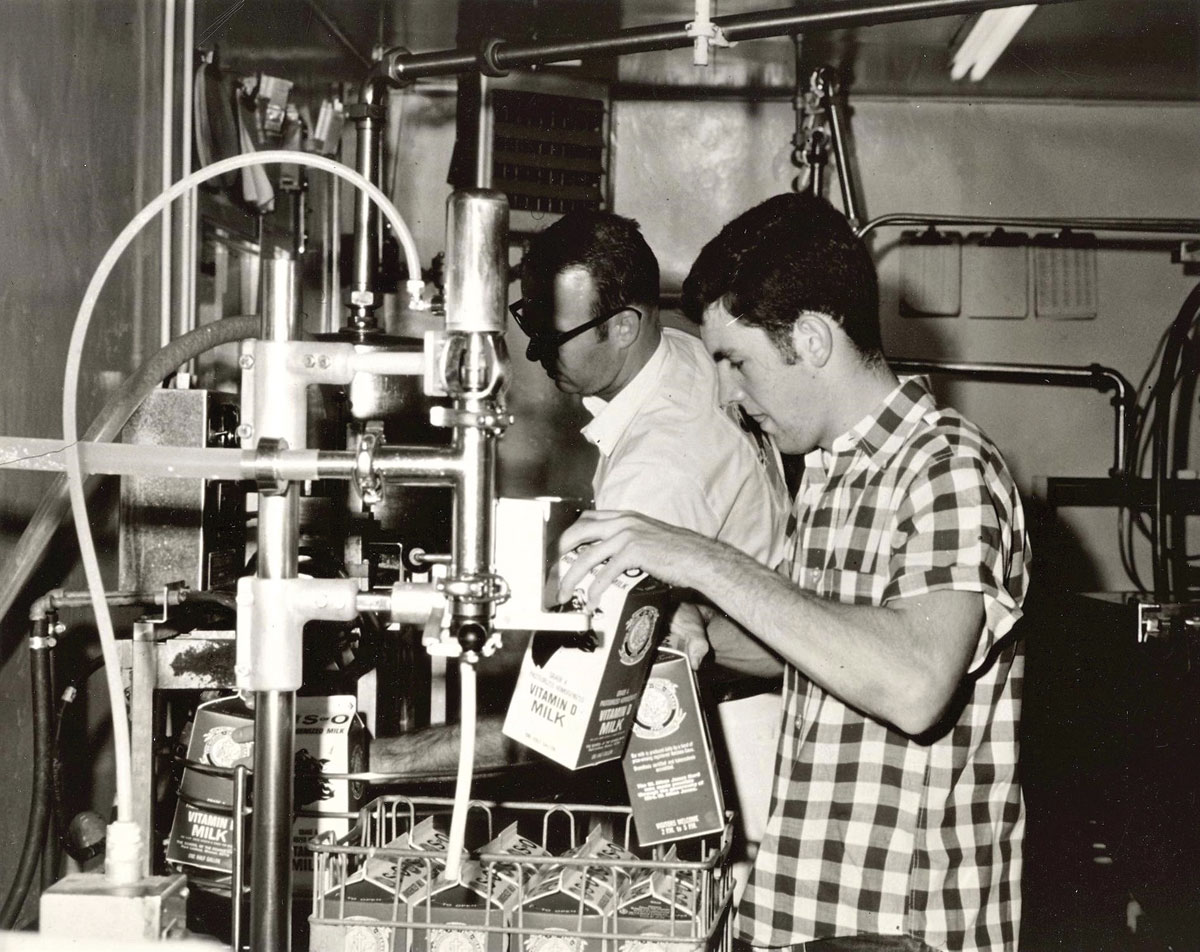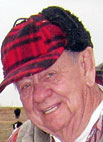 The dairy program at C of O has been a part of Hard Work U’s curriculum since it began
The dairy program at C of O has been a part of Hard Work U’s curriculum since it began
Since the dawn of creation and mankind’s first steps in the garden, agriculture has been the foundational force behind providing sustenance, clothing, income, innovation and a sense of community.
As the nation’s landscape, and conversely that of agriculture, changes exponentially, one institution remains a steadfast beacon; sowing seeds and cultivating character through the lives of its students – that institution is the College of the Ozarks.
A young minister named James Forsythe hoped to be a missionary to Africa, nevertheless, he found himself serving in his Presbyterian faith in his home state of Missouri.
His focus on the plight of the Ozarks youth prompted him to make repeated appeals to the denomination’s synod, resulting in The School of the Ozarks high school in 1906, a Christian work school.
Hard work would pave their way to a solid Christian education, earning the college, the moniker; “Hard Work U” in a 1973 article in the Wall Street Journal.
The high school later became a junior college in 1956 and a four-year college in 1965; aptly named College of the Ozarks in 1990.
The “no tuition” concept has allowed thousands of students to not only obtain a four-year degree without debt but also develop critical life skills for adulthood. There are more than 50 degree programs available, including four military generals.
With 100 different workstations, students select five workstations at enrollment. When in session, students work 15 hours a week at their respective workstation, while the remainder of their tuition is covered through scholarships.
One such workstation has been a part of the school’s history from the very beginning… the dairy.
According to dairy manager Ryan Bilyeu, the dairy has been a staple for as long as the school has been in existence.
Ryan grew up on a farm, but had no experience with dairy cattle. The family had milked before Ryan was born but opted to raise beef cows and alfalfa hay after his grandfather passed away.
“I decided to go to college and when I came here, I got put in the dairy work program,” Ryan said. “It was different, but it was cows and I really enjoyed it all four years, then a job opened up right after I graduated.”
Outside the college dairy, Ryan has his own herd of 120 beef cows and puts up hay.
Ryan notes barn upgrades, however, the college decided to keep the older design reminiscent of the 1960s when the W. Alton Jones family donated a herd of Holsteins.
The old show barn can milk six cows at a time utilizing a by-pass stall system, allowing each cow to move out and not have to wait on the slowest milker.
“Not a design you see anymore but it is effective for tourism,” Ryan noted.
Tours are given throughout the campus and allowing guests to see the milking process gives them a new respect for the industry.
The dairy is currently milking 50 head with a max of 60, freshening in several cows in the fall.
Jerseys were milked in the beginning and later a donation of the Holstein herd prompted them to sell the Jerseys in 1969. In 2011, they reintroduced eight Jerseys to the farm. In 2018, they added four Ayrshires.
“We showed one of the Ayrshire cows and she took first place,” Ryan added. “The Ayrshire is between a Holstein and a Jersey frame. So right in the middle of production, components and stature.”
During the school year, 32 students work at the dairy and in the summer 14 students work 40 hours a week completing the routine duties of milking, calf feeding, mixing feed, putting up hay or processing the milk.
Two students milk, paying close attention to the leg band colors, which help identify each cow’s nutritional needs. Fat pellets top dress the feed for ones that have milked too much condition off. While beet pulp is given to the show cows.
Assistant manager Brent Mistler oversees the milk processing, of which approximately 35 to 40 percent remains on campus: going to the Keeter Center restaurant and hotel, ice cream shop, for day care snack time and the cafeteria for students. The remainder is picked up by Dairy Farmers of America.
In fact, much of what is served on campus is grown at the college.
Last year the dairy received a new flavor mixer and the ability to mix different flavors of milk; chocolate, cappuccino, pumpkin spice, strawberry, egg nog, chocolate chip mint and cotton candy.
They plan to offer their specialty flavored milk for the Fourth of July: strawberry, vanilla and cotton candy.
Outside, Ryan likens the free stall open air barn to a hybrid dairy, where they feed TMR, a mixture of silage, dry alfalfa and grain, in the barn during the day and then turn out the cows to graze in a different paddock each evening.
The loafing barn is designed for cow comfort to reduce heat in the summer; with the addition of new padding on the concrete and floating neck rails that flex to prevent injury.
“We use the free stall barn as a way to show a more conventional way of farming,” Ryan said. “To show the best of both worlds and show the students different aspects of a dairy.”
From March through mid-May they are on full pasture, increasing milk production. They raise most of their own hay, Triticale, in a 55-acre bottom field.
For winter feeding, they plant cereal rye and rye grass in the fall and spring. But when that is not available, they feed some endophyte-friendly fescues mixed with white clover and always put in the summer annual, BMR Sudan grass.
For Ryan, outside of working alongside of the students, his passion is genetics and improving the next cow. The technology of genomics testing and pulling DNA on all heifers is beginning to pay off.
“When you average the dam and the sire’s number it is only 30 percent accurate, but when you pull the DNA you can get up to 70 percent accuracy on the numbers.” Ryan noted.
Breeding relies 100 percent on AI, but they do raise a few bulls to a year old and then sell them to breeders for herd bulls, generating revenue and marketing their genetics.
Another feature tends to be a student favorite and that is showing.
In 2015, after a long absence from the show ring, students traveled to the Missouri State Fair, then the next year to both Missouri and Arkansas state fairs, placing at each. Two years ago, at Arkansas they won reserve supreme champion. In addition, three heifers got first place at both Missouri and Arkansas.
In 2017, they scored Open Supreme Champion Holstein, Junior Supreme Jersey and Reserve Junior Supreme Guernsey.
The C of O dairy students have competed against much larger and well-known schools, such as Ohio State, Wisconsin State, Iowa State and Perdue, yet they brought home first place in the Midwest Dairy Challenge.
The C of O dairy is ranked third in the top 10 College & University Herds.
Another aspect of the agriculture workstation is the sale barn, giving students the opportunity to try their hand at auctioneering.
“We hosted the National Ayrshire Sale, the first time Missouri had ever hosted it, and they selected us to host it,” Ryan said. “Some of the breeders, companies and associations pooled together some money so that the program could buy three Ayrshire heifers.”
Ryan hopes to continue updating the facilities, focus on herd improvement and find new technology, such as, herd manager tags to monitor each cow from any location.







